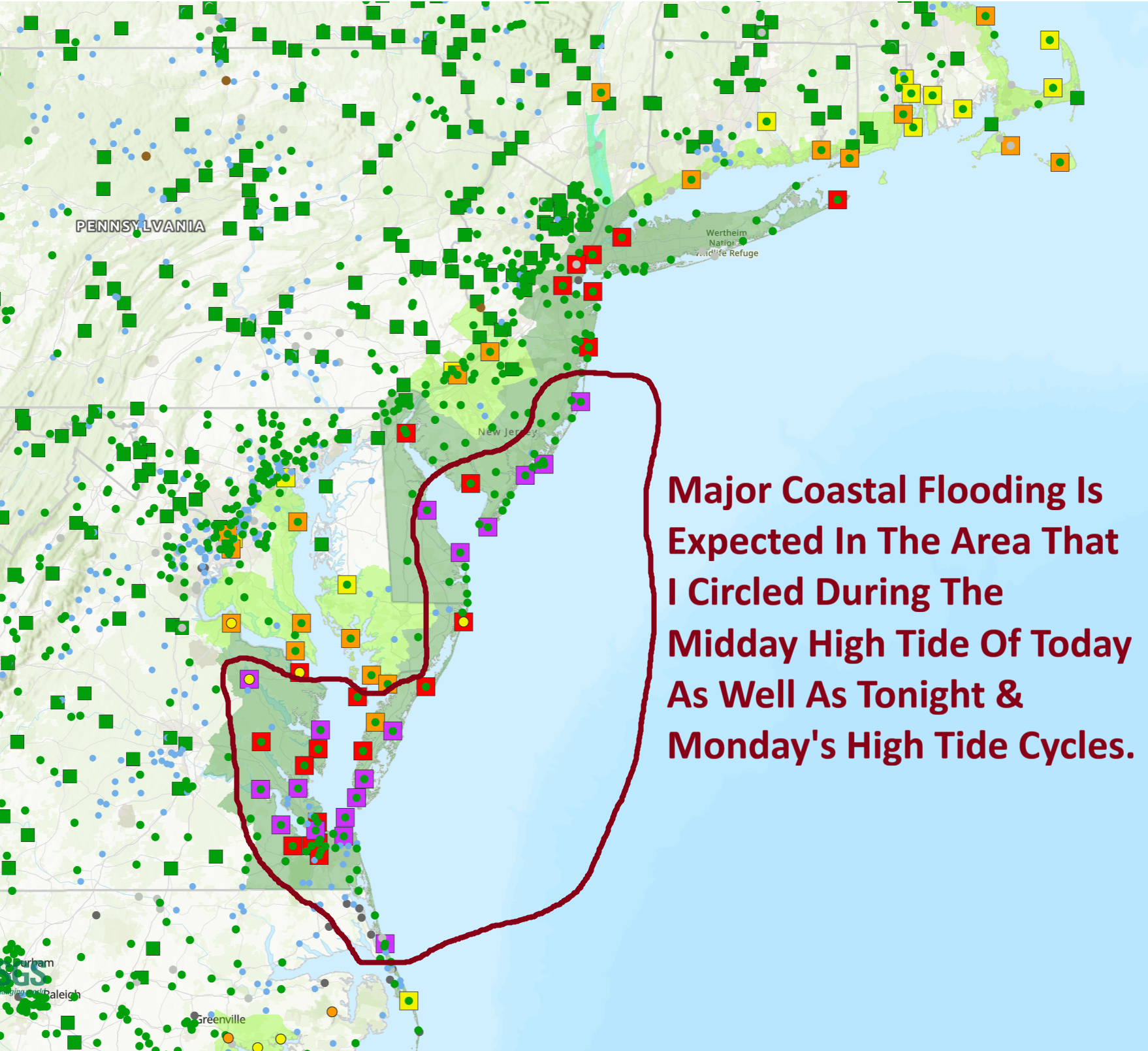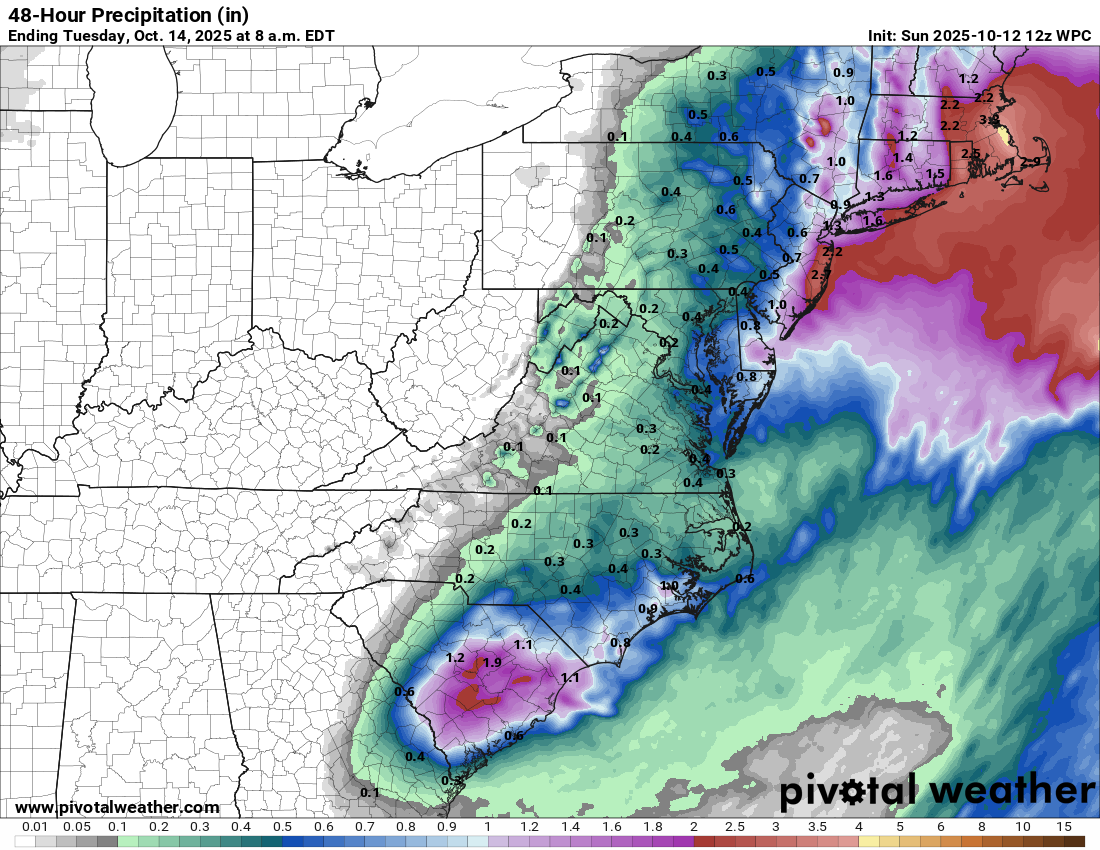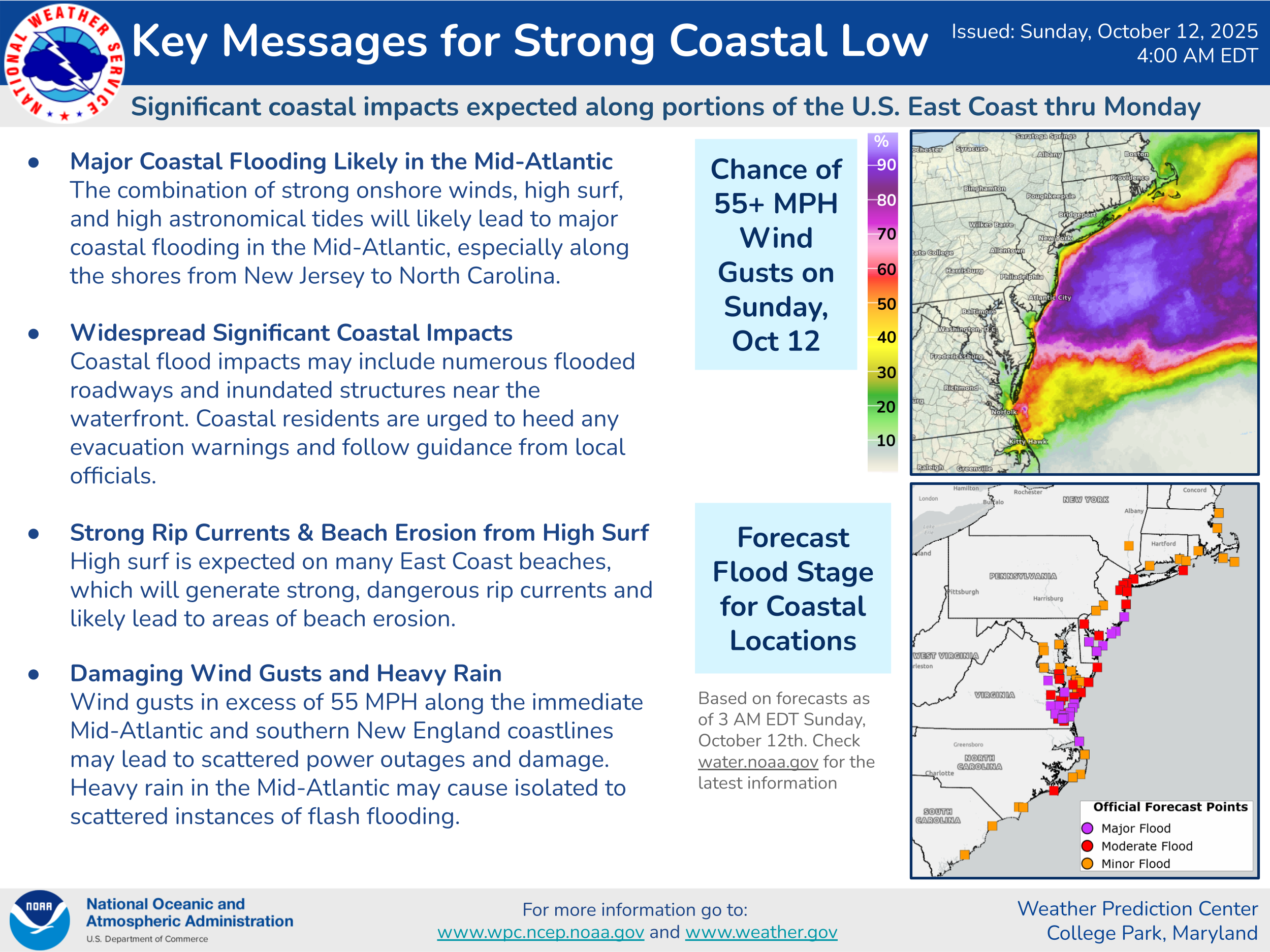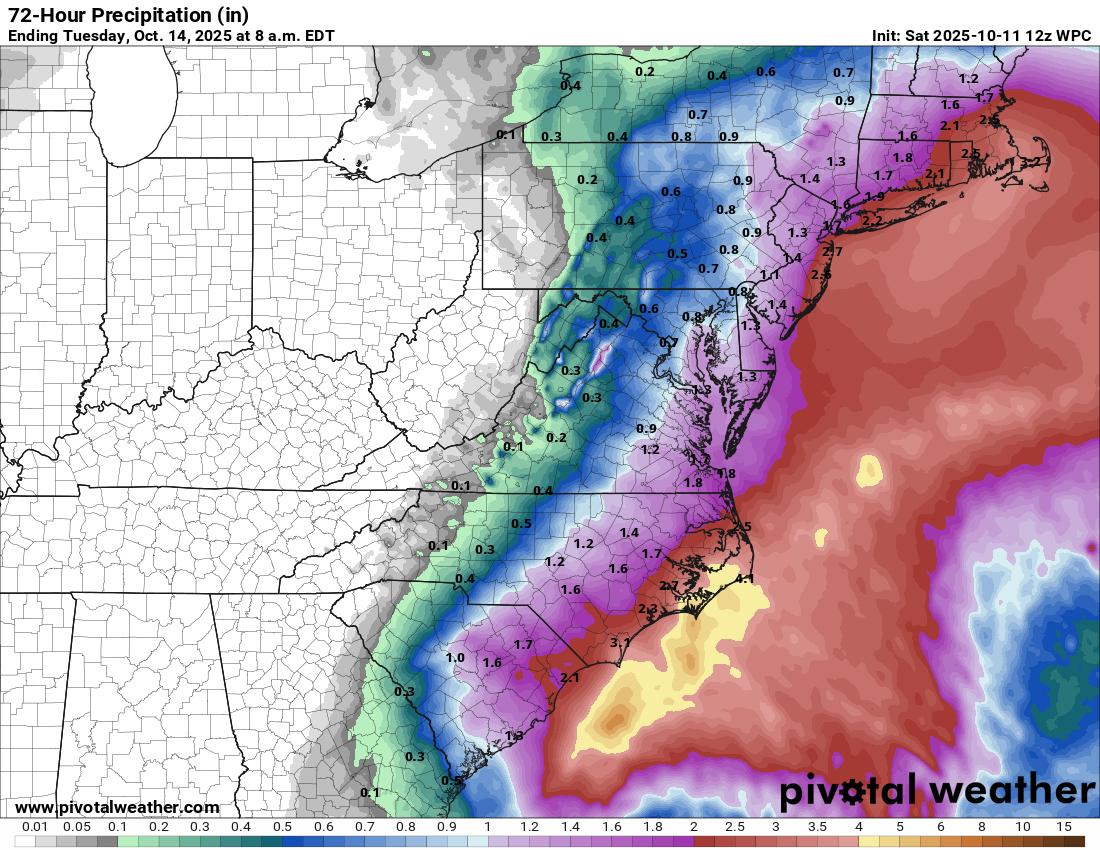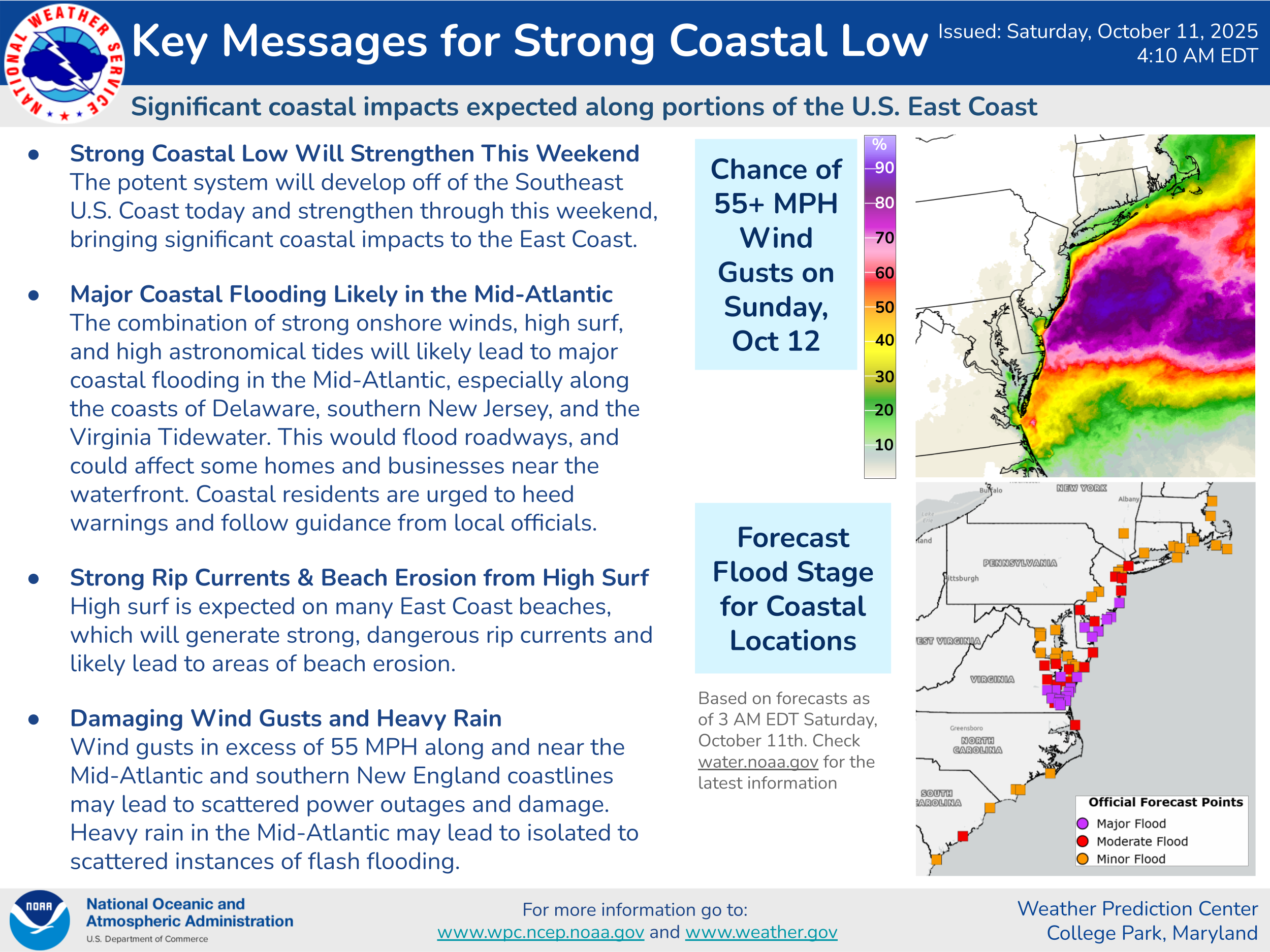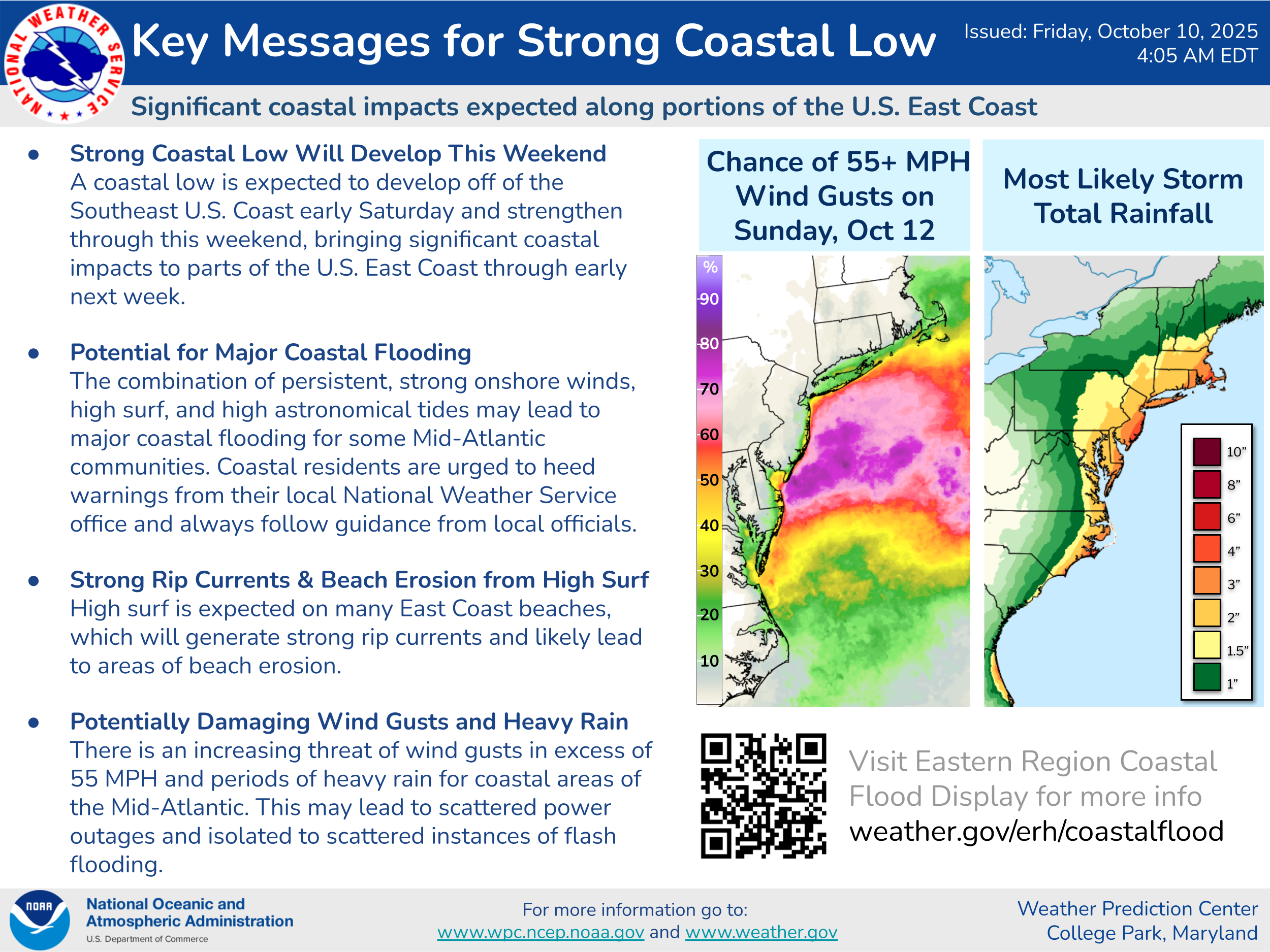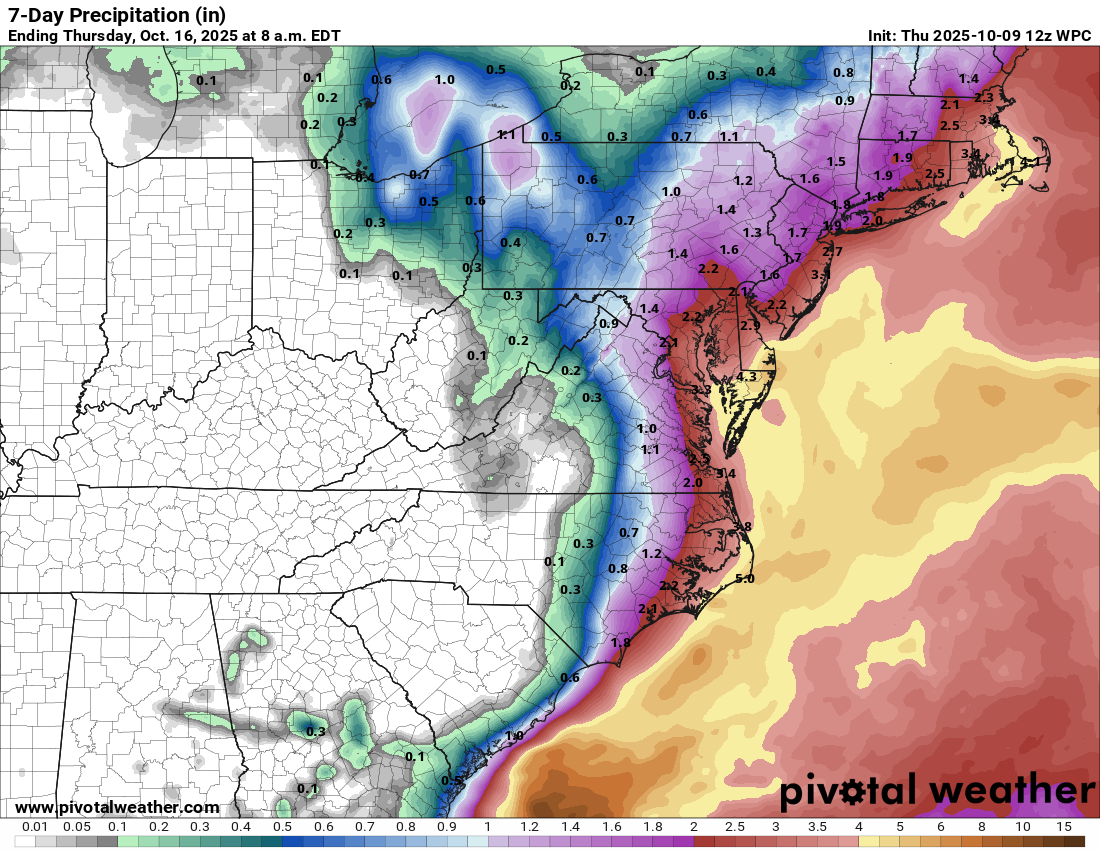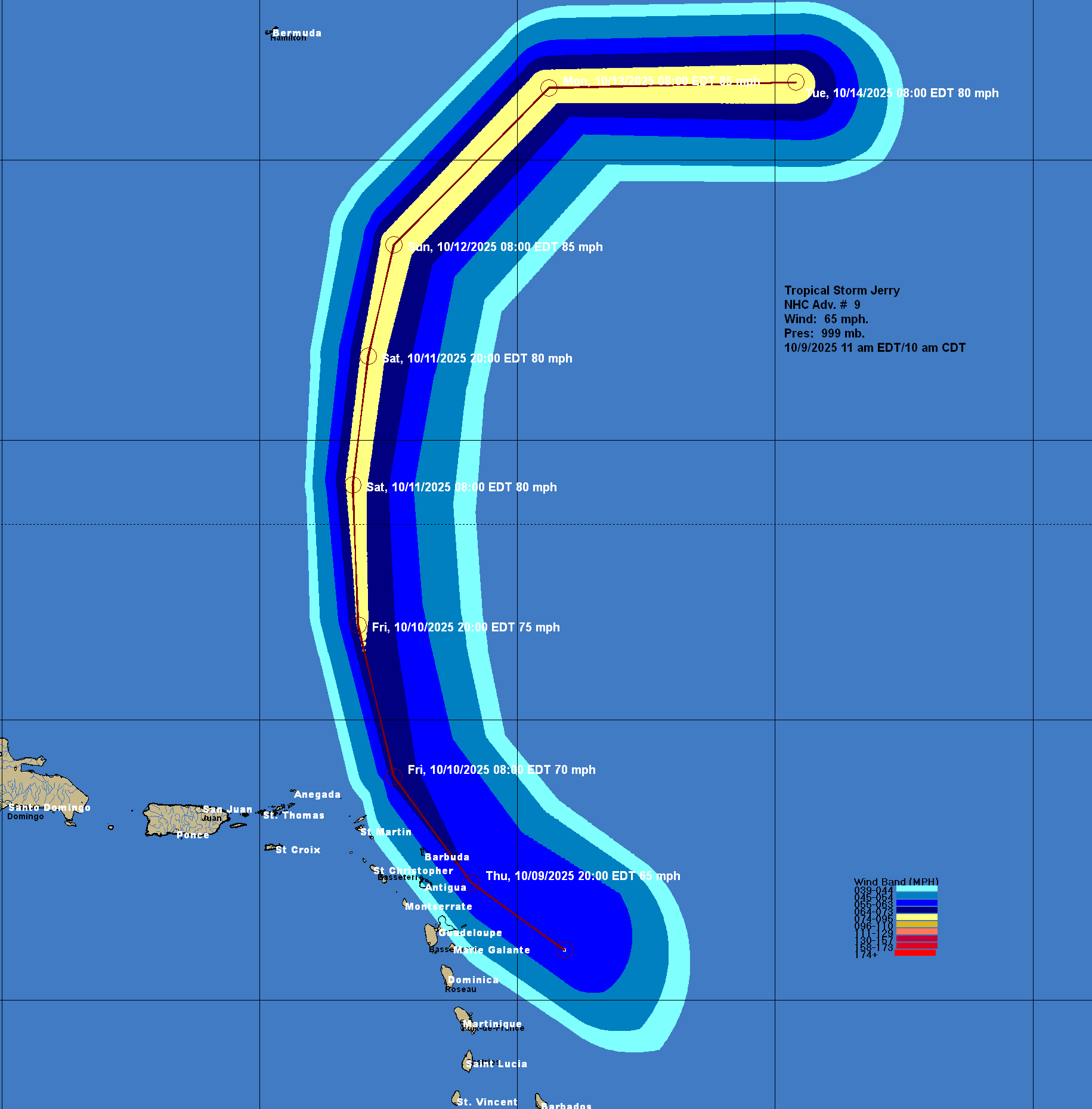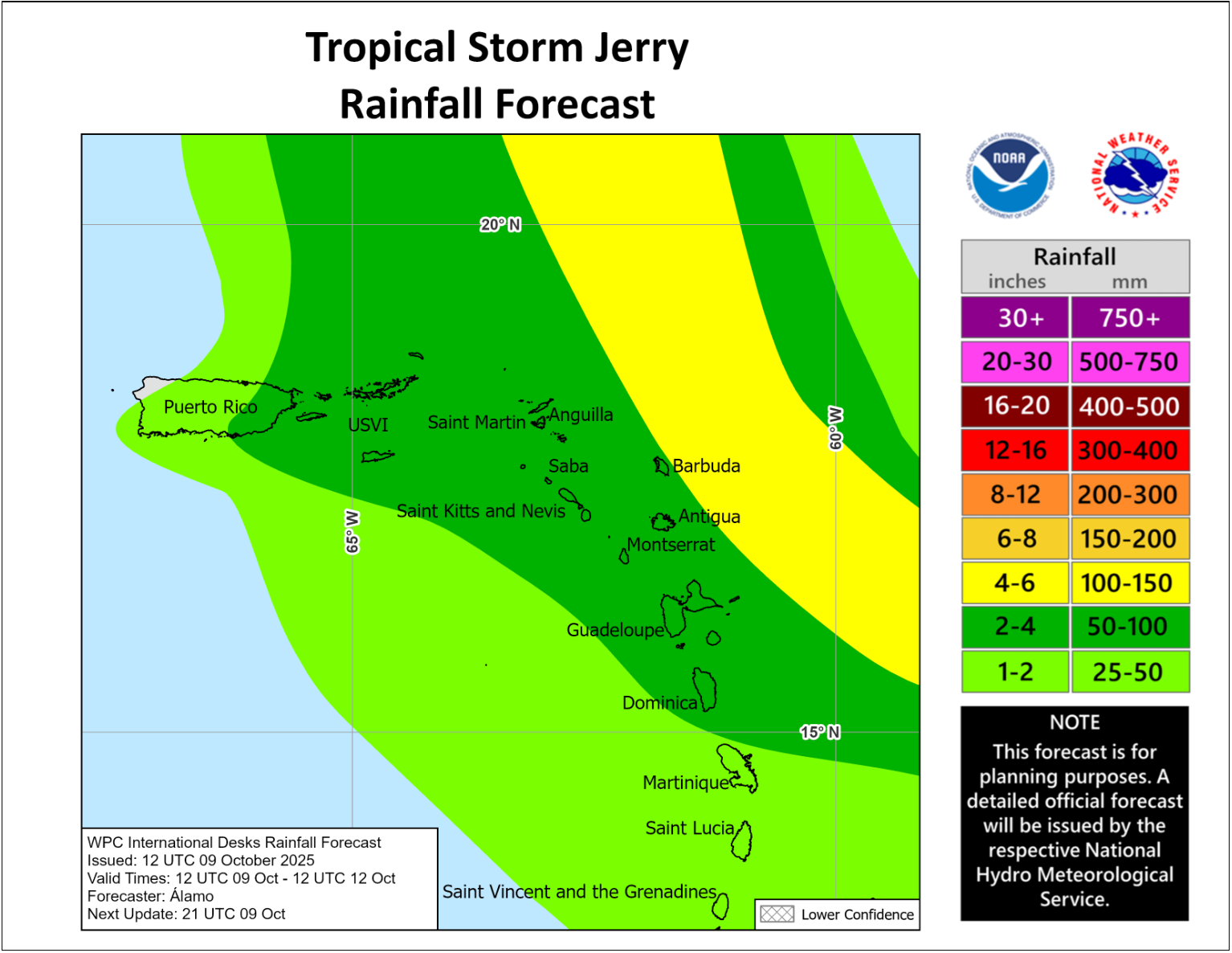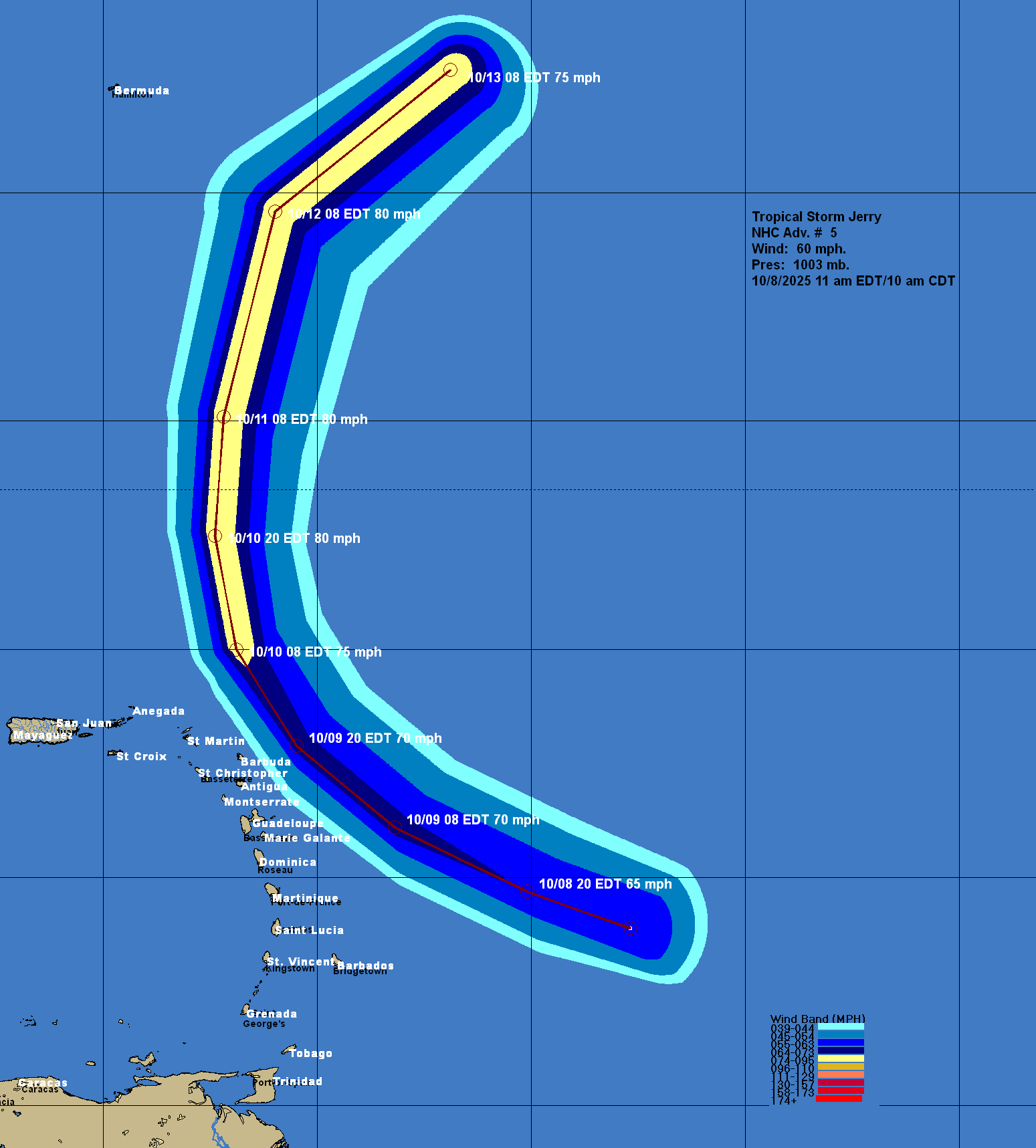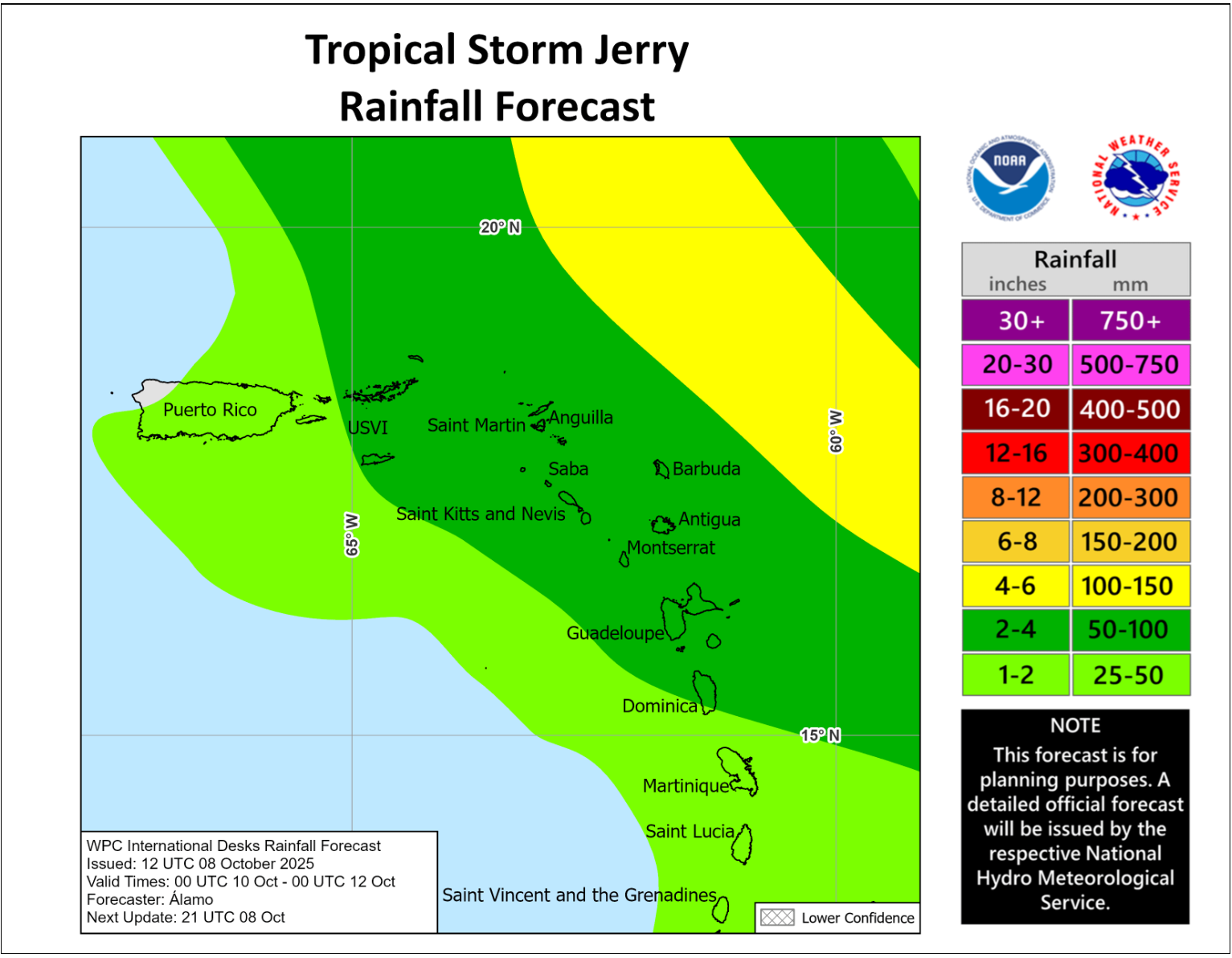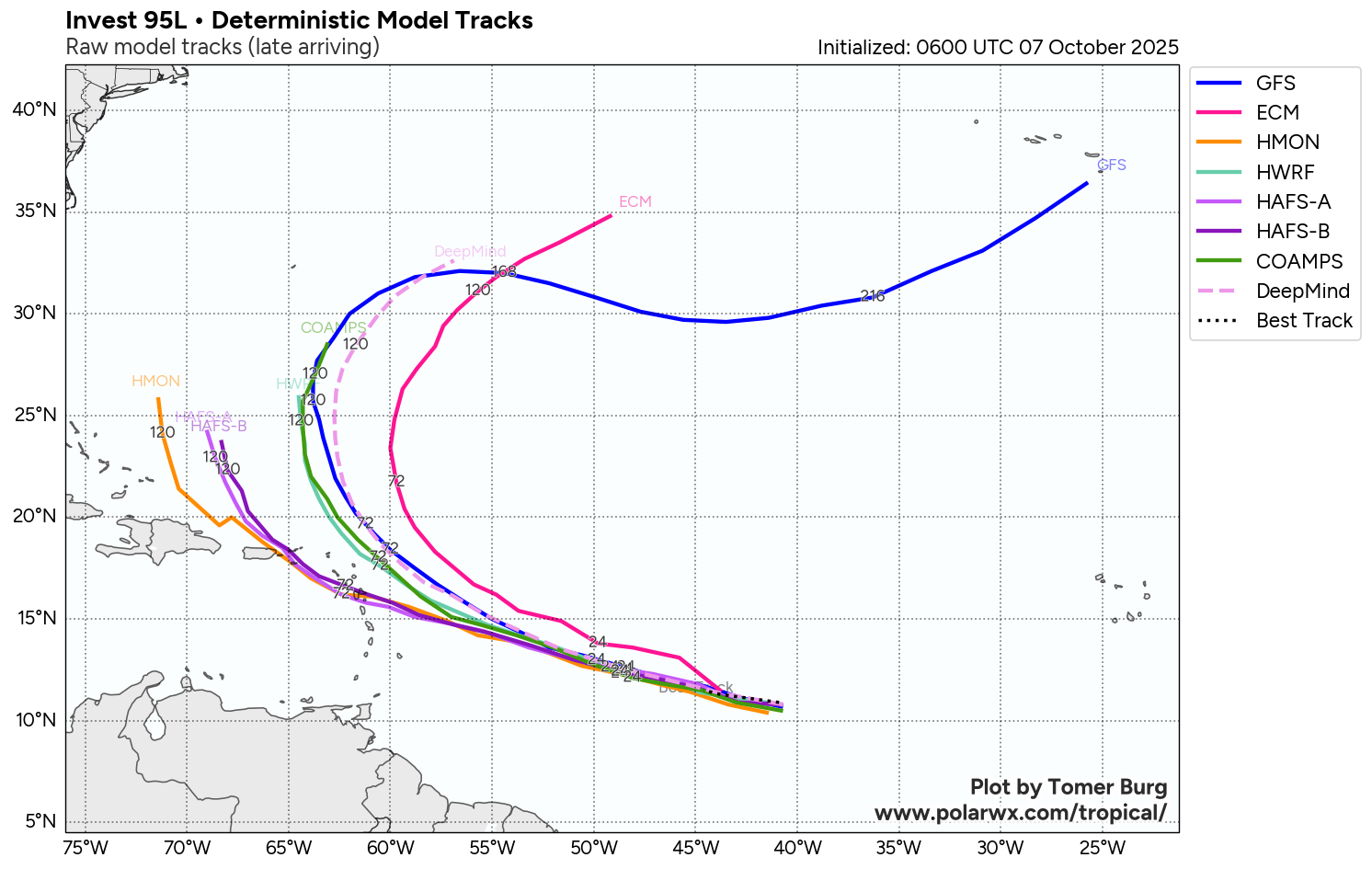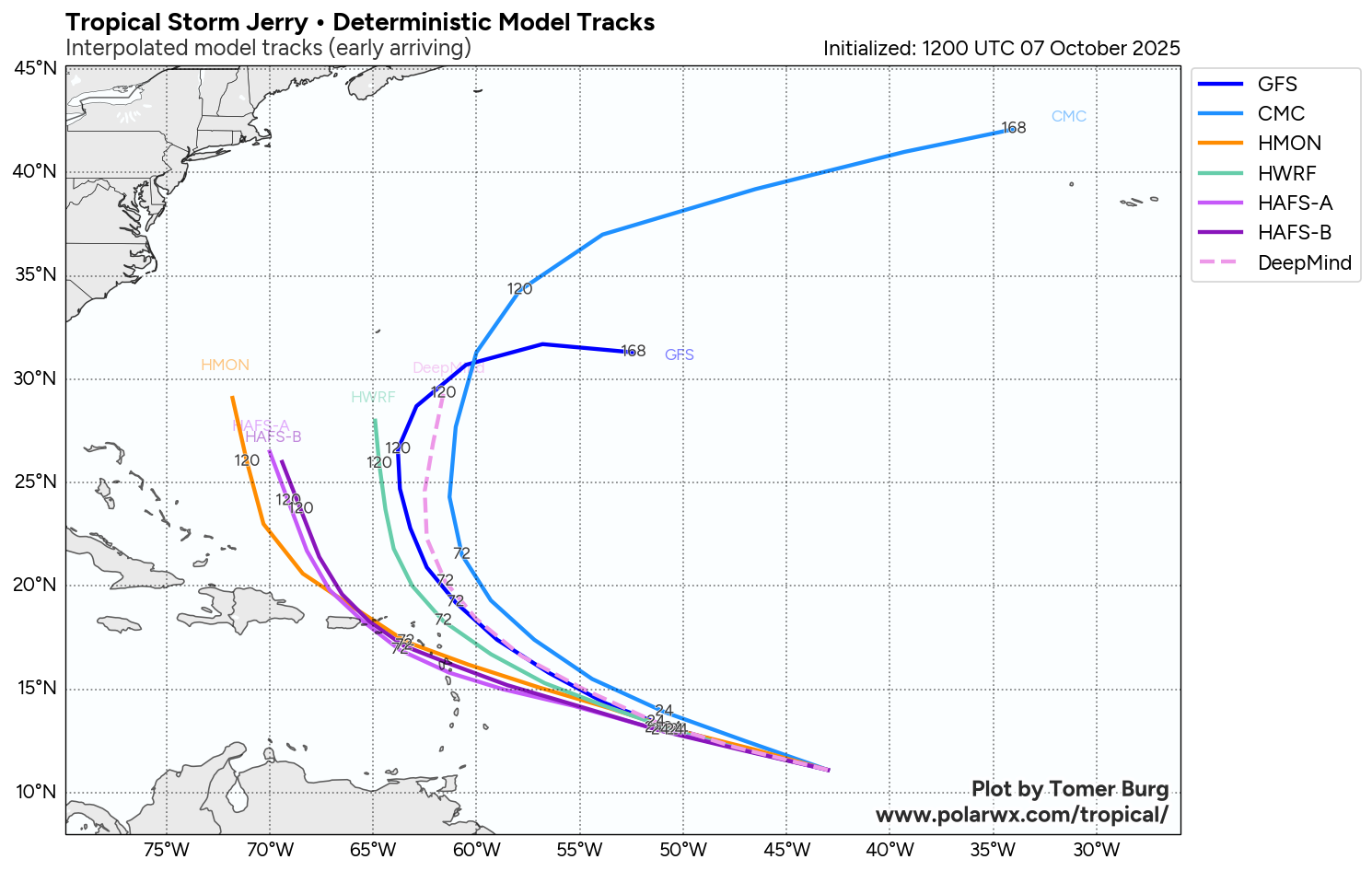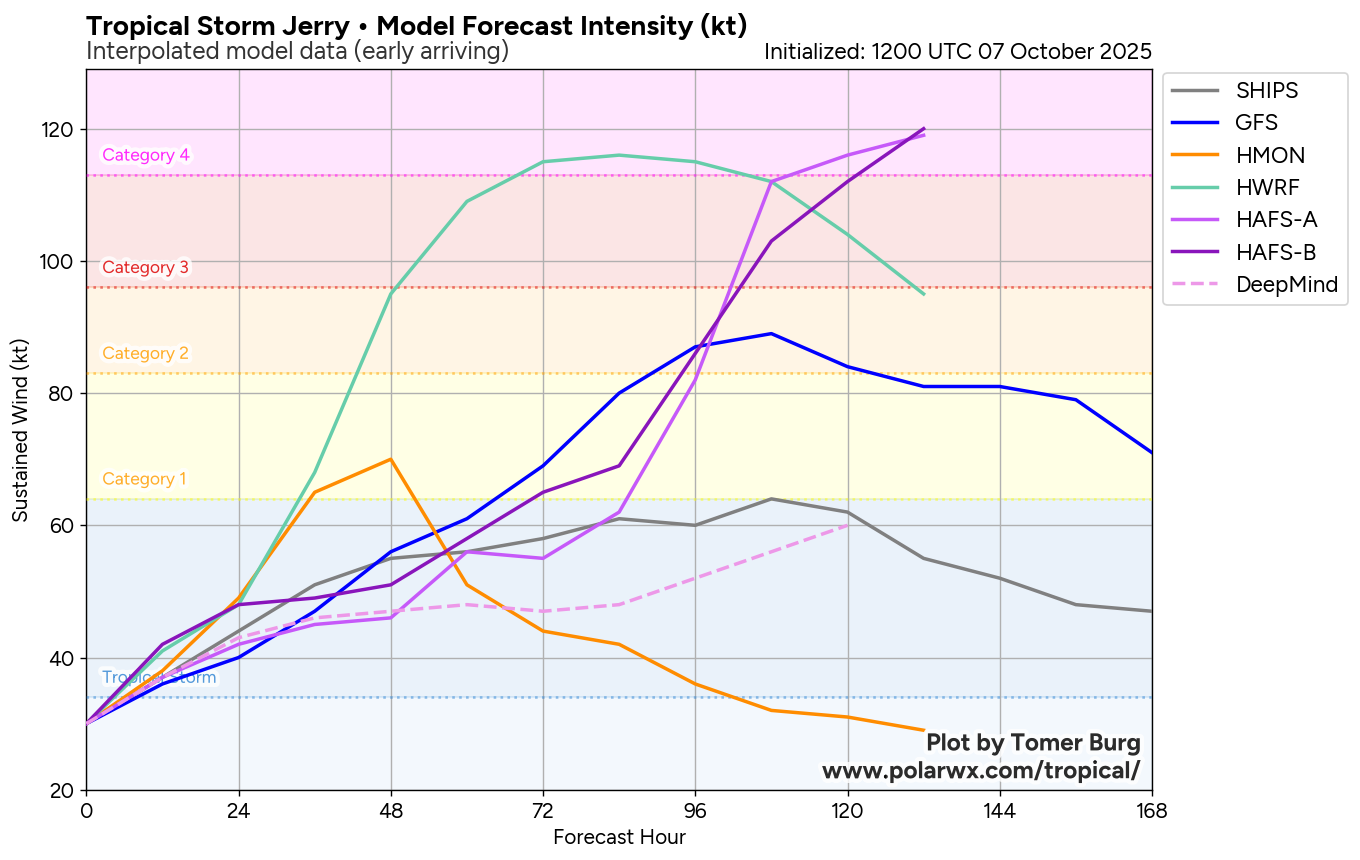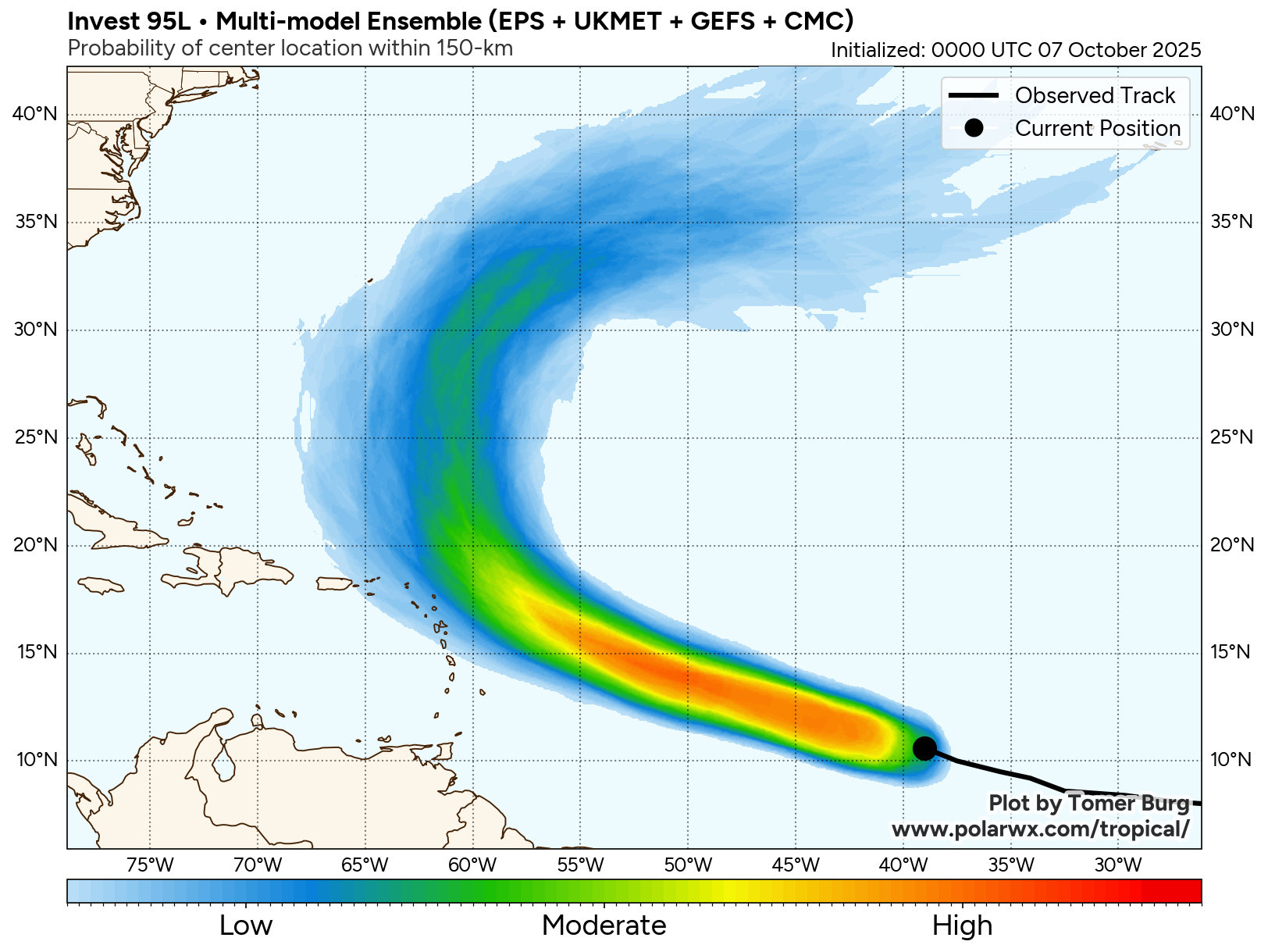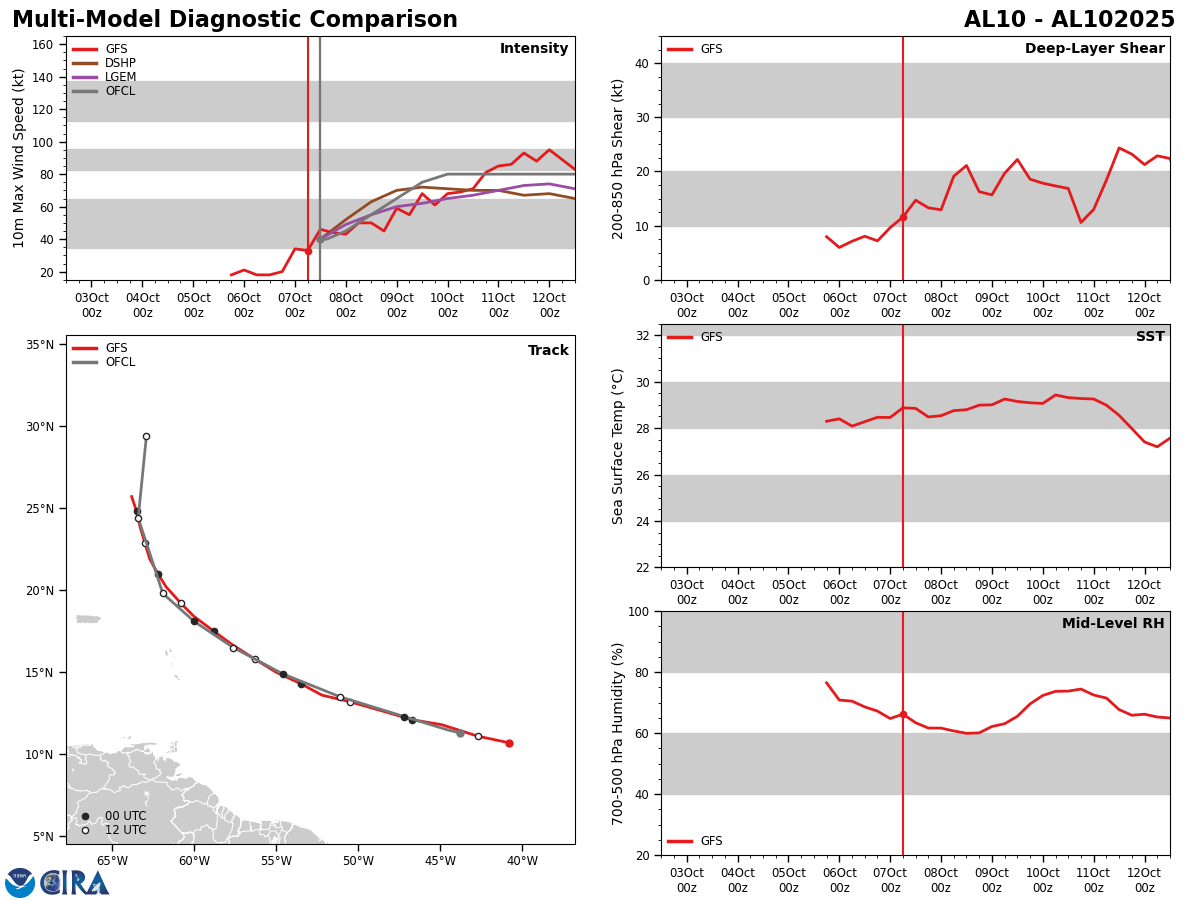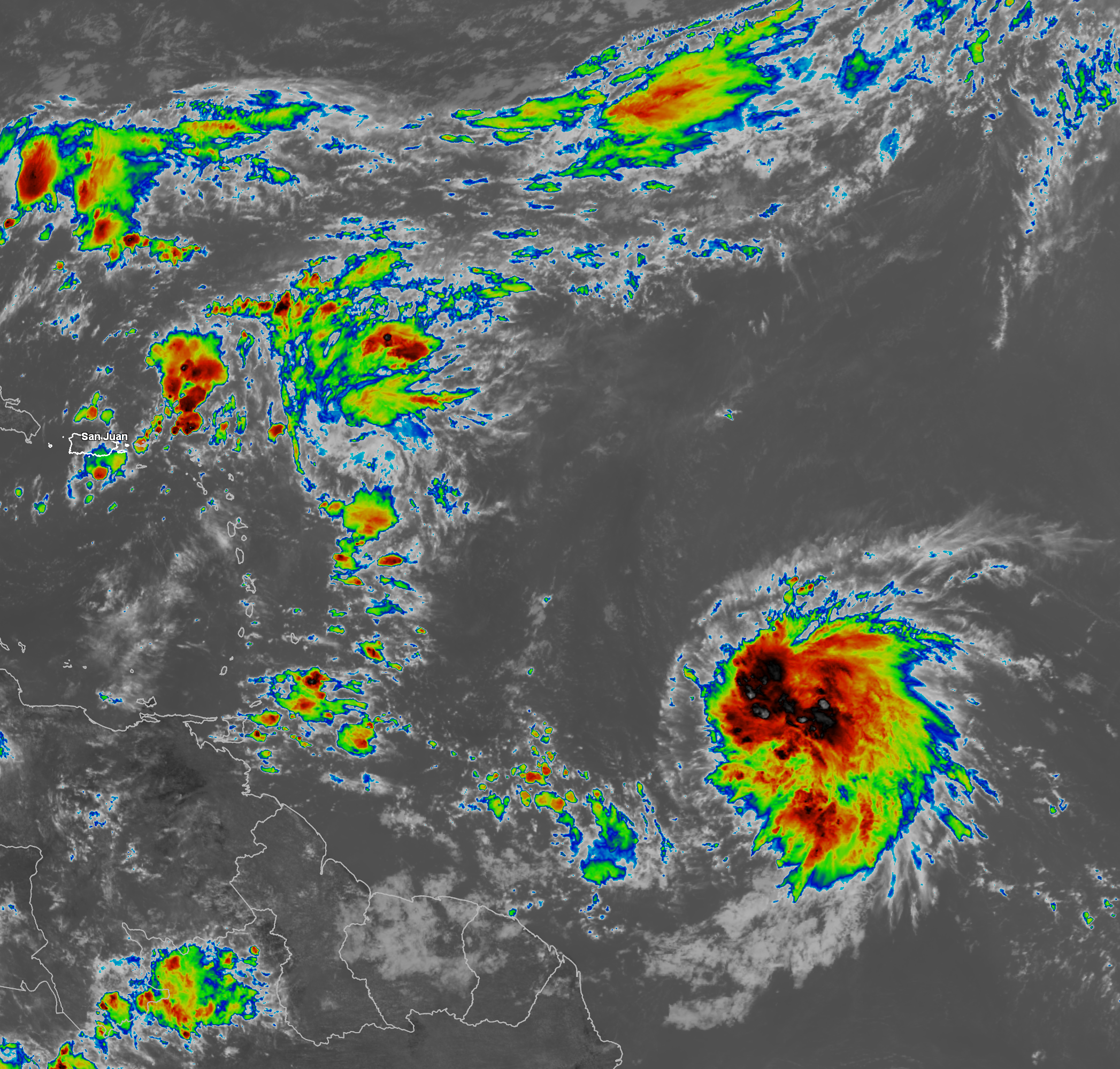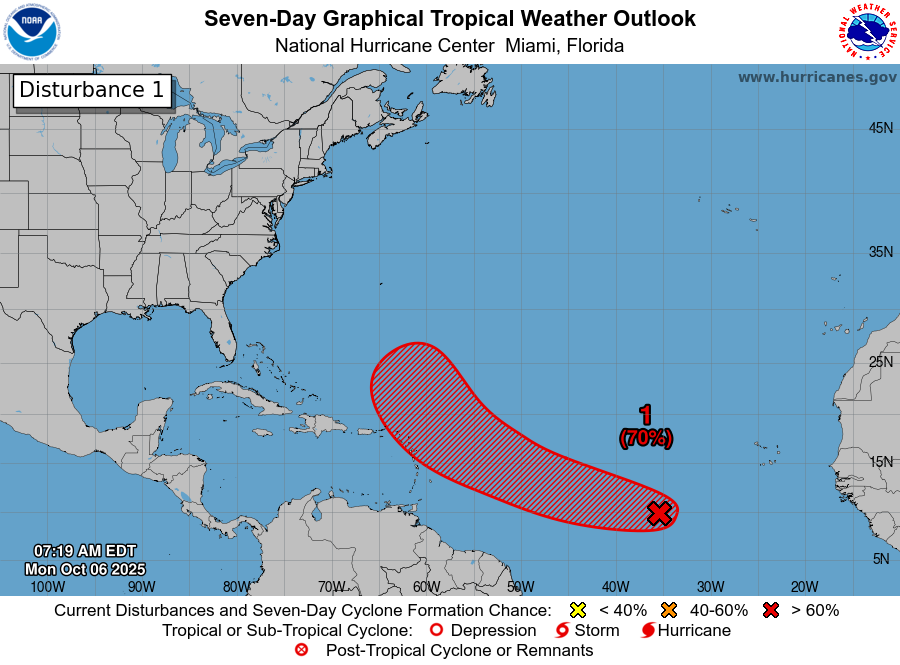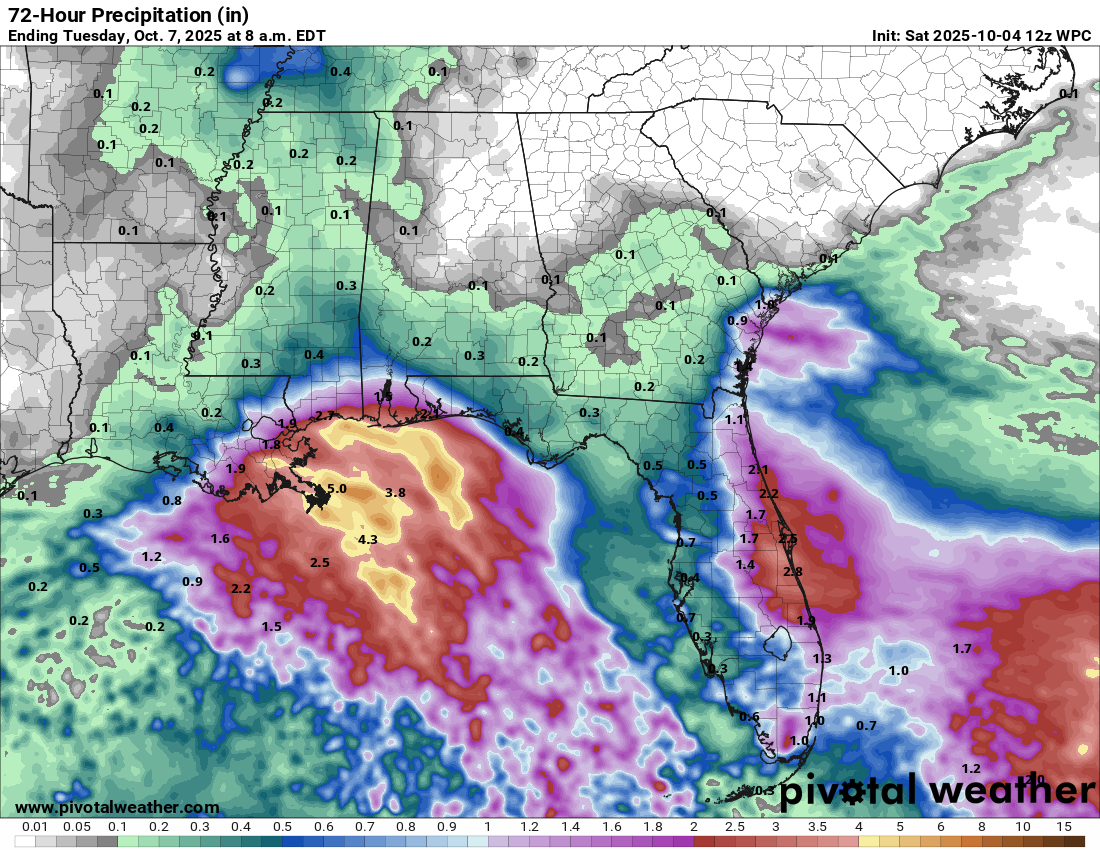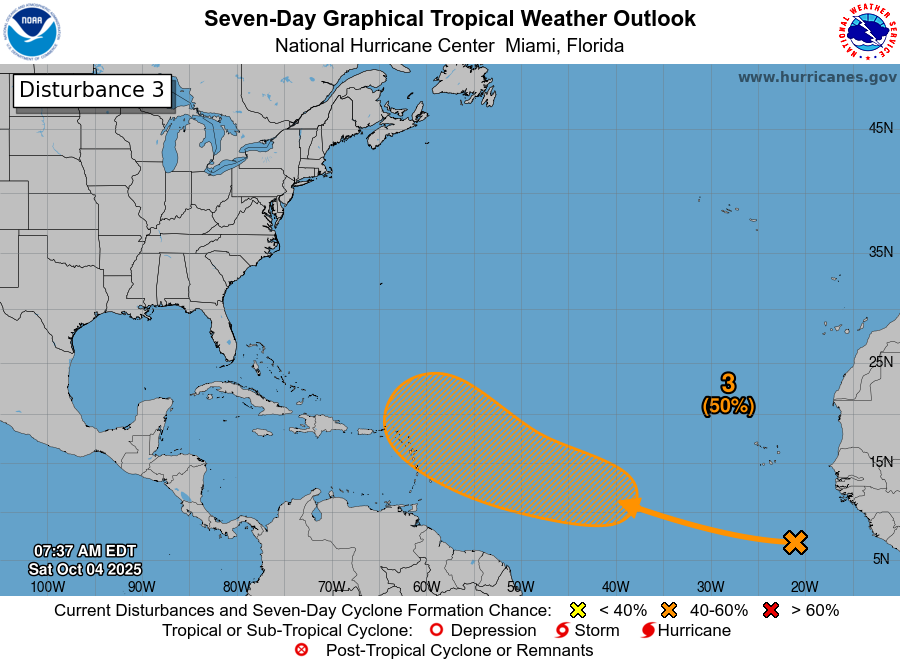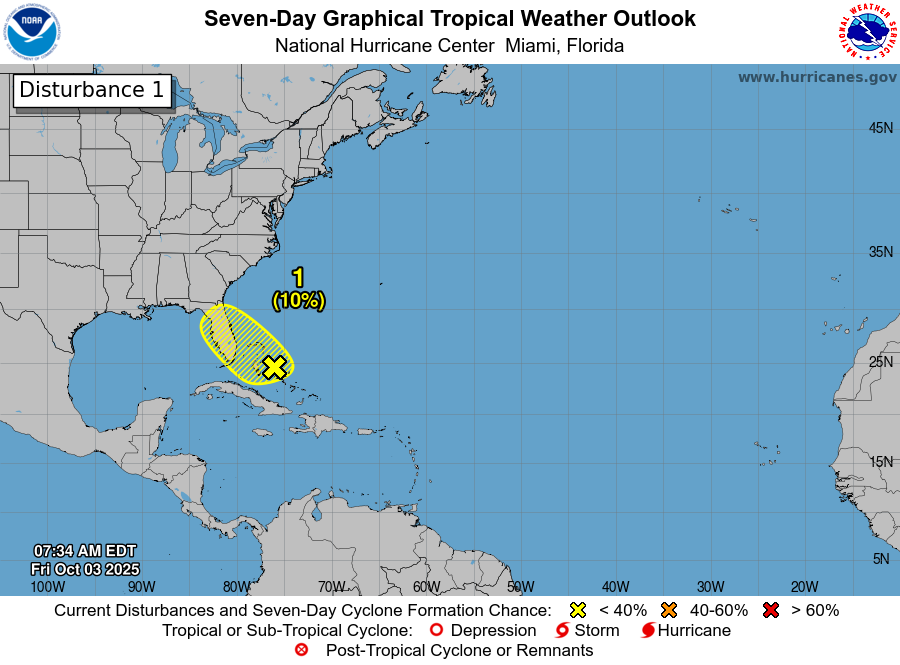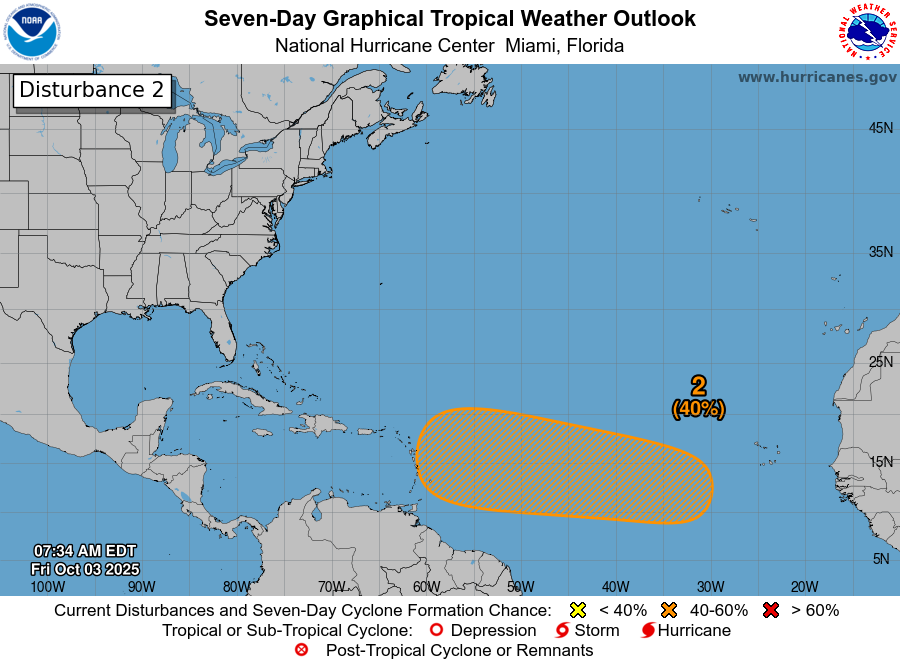A tropical wave located over the eastern Tropical Atlantic near about 25 West Longitude has the chance to develop into a tropical system once it reaches the western Caribbean sometime during the later parts of next week.
For the next several days, this tropical wave is expected to head westward & not develop at all. It should reach the eastern Caribbean around early next week and then reach the central Caribbean around the middle part of next week, all while probably not developing into a tropical system. The reason why tropical development looks unlikely from this wave for the next week or so is due to its fast forward speed, which will make it hard for the wave to develop any sort of low level circulation that’s able to line up with the convection & develop.
Once this wave reaches the central Caribbean around the middle part of next week, it is expected to slow down in forward speed. At the same time this is occurring, there are signs in the data that suggests the environmental conditions may be favorable for development in the central and western Caribbean. This means that this wave may try to develop into a tropical system once it moves in the western Caribbean during the later parts of next week.
The signal in the model guidance is mixed as some guidance do show development & possibly significant development. Other guidance, on the other hand, show little or no development.
The reason for the mixed signals in the guidance seems to have to with whether the wave is able to be tugged northward before it reaches the central Caribbean. Some guidance seems to keep this wave weak and headed due westward leading it to “crash” into northern parts of South America & then into Panama with no development at all. Other guidance show an upper level trough of low pressure over the Eastern US tugging this wave a little to the north, allowing it to miss South America & then develop into a significant tropical system in the western Caribbean late next week and next weekend.
To be completely honest with you, it’s way, way too soon to tell which scenario may play out.
On one hand, there’s a definite way for this wave to ultimately become a very concerning and significant tropical system in the western Caribbean should it get tugged northward by that Eastern US trough before slamming into South America and then Panama. In this scenario, we could see a tropical system strengthen significantly in the western Caribbean and become a formidable hurricane that is ultimately pulled north and northeastward towards Jamaica, the Cayman Islands, Cuba, the Bahamas & maybe even the East Coast of the United States.
On the other hand, there’s an equal chance that this wave may just miss that trough and head westward into northern South America and then into Central America with no development at all.
For now, this is just a wave that needs to be watched closely over the next week to ten days or so. At this point though, I wouldn’t be overly worried or concerned about it if you are in the western Caribbean as there is a ton of time to keep close tabs on it.

The next tropical weather discussion will be issued on Wednesday.


